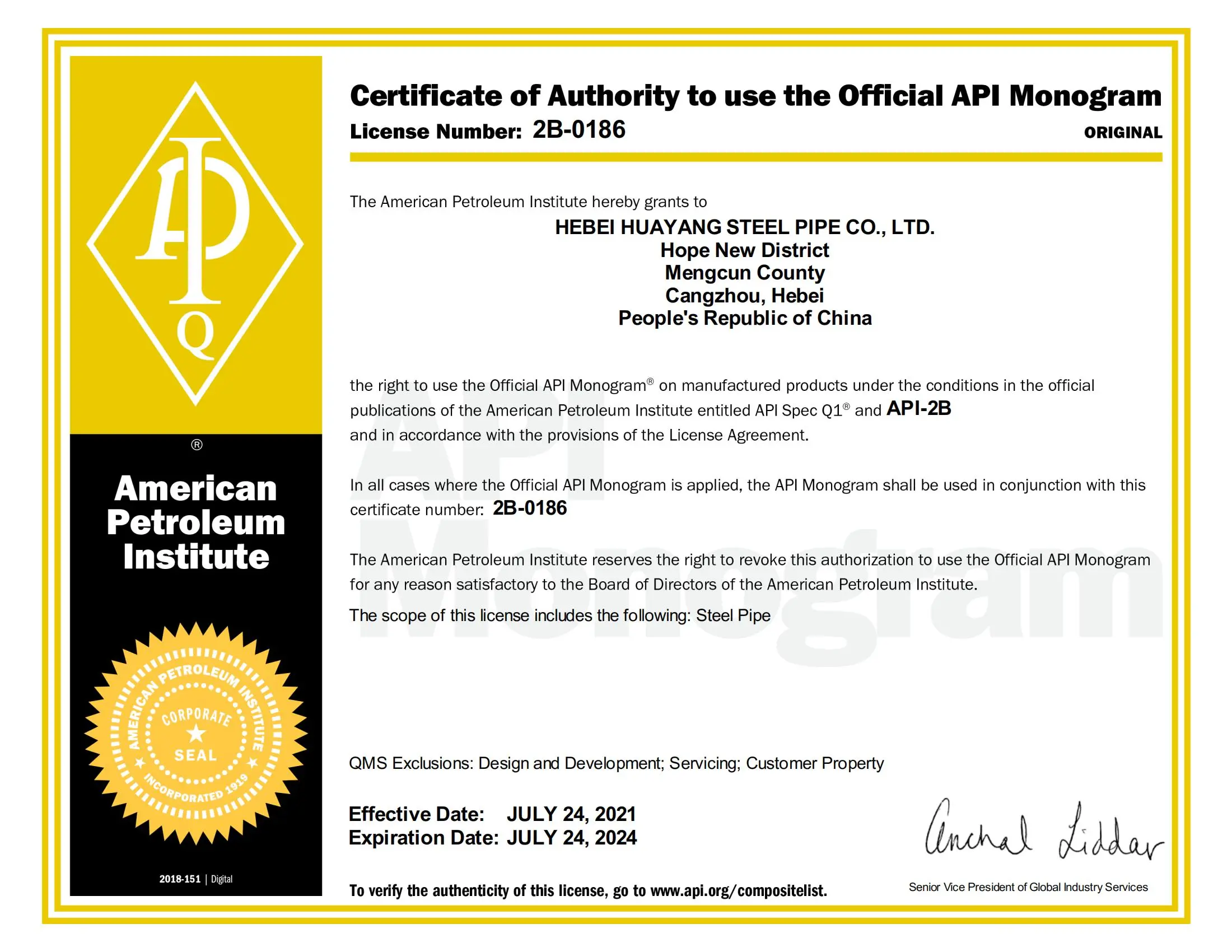
Septemba . 19, 2024 14:27 Back to list
hydroxypropyl methylcellulose uses in tablets
The Role of Hydroxypropyl Methylcellulose in Tablet Formulation
Hydroxypropyl methylcellulose (HPMC) is a versatile compound widely used in pharmaceutical formulations, particularly in tablet manufacturing
. Its unique properties make it an ideal candidate for various functions in tablet design, including as a binder, coating agent, and controlled-release polymer.One of the primary uses of HPMC in tablets is as a binder. Binders are critical in ensuring that the ingredients in a tablet formulation adhere properly to each other, which is essential for maintaining tablet integrity and consistency. HPMC possesses excellent film-forming properties, which contribute to the mechanical strength of the tablet. When mixed with powdered active pharmaceutical ingredients (APIs) and excipients, HPMC creates a cohesive matrix that supports the tablet's structure during handling and transportation, thus reducing the likelihood of breakage or crumbling.
Additionally, HPMC is utilized as a coating agent in pharmaceutical tablets. Coatings not only enhance the visual appeal of tablets but also play a pivotal role in protecting the drug from environmental factors, such as moisture and light, which can degrade its efficacy. Furthermore, coatings can help mask unpleasant tastes or odors, improving patient compliance. HPMC-based coatings are particularly favorable due to their non-toxic nature and their ability to form smooth, uniform layers around the tablet core.
hydroxypropyl methylcellulose uses in tablets

Another significant application of HPMC in tablet formulation is its role as a controlled-release polymer. In this context, HPMC is employed to regulate the release of the active ingredient over an extended period. By manipulating the viscosity and the concentration of HPMC in the formulation, pharmaceutical scientists can design tablets that provide a steady release of medication, improving therapeutic efficacy and minimizing side effects. This feature is especially beneficial for medications that require prolonged action or those that enhance patient convenience by reducing the frequency of dosing.
Moreover, HPMC is hygroscopic, which means it can absorb moisture from the environment. This property can be advantageous in certain formulations to maintain the desired moisture content, enhancing the stability and shelf life of the tablets. Importantly, HPMC is also considered safe for human consumption, being derived from cellulose, a naturally occurring polymer. Its biocompatibility and non-toxic profile further support its widespread use in dietary supplements and over-the-counter medications.
In conclusion, hydroxypropyl methylcellulose serves multiple critical functions in tablet formulations, impacting their effectiveness, stability, and user experience. With its capabilities as a binder, coating agent, and controlled-release polymer, HPMC plays an essential role in advancing pharmaceutical technology and improving patient satisfaction. As the field of pharmaceutical sciences continues to evolve, the importance of HPMC in developing innovative formulations should not be overlooked.
-
What Is HPMC: Meaning,Applications
NewsApr.02,2025
-
Redispersible Polymer Powder (Rdp): Uses, Price, And Suppliers
NewsApr.02,2025
-
Hydroxyethyl Cellulose (Hec): Uses, Suppliers, And Buying Guide
NewsApr.02,2025
-
Hpmc (Hydroxypropyl Methylcellulose): Applications, Suppliers, And Buying Guide
NewsApr.02,2025
-
Guide to Mortar Bonding Agent
NewsApr.02,2025
-
Buying Guide to Redispersible Powder
NewsApr.02,2025







